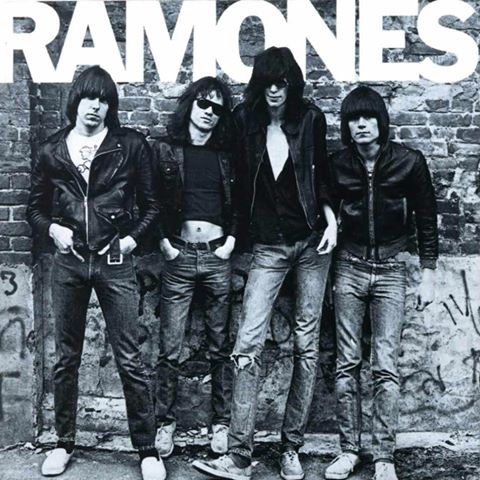This weekend some friends asked about the reaction this blog has had in my industry. Truth is, I was unprepared for what followed the blog’s launch four years ago. In hindsight it makes perfect sense.
Mood music:
Friends asked if my information security colleagues were weirded out by the blog and whether it had an adverse effect on my ability to interview people.
In fact, the opposite happened.
By the time I was done baring my soul, people I had known through my business life were sharing stories about their own run-ins with mental illness. I didn’t expect that because I had been accustomed to dealing with some pretty tough characters. But people who had previously intimidated me were opening up, and I made dear friends when I least expected to.
I shouldn’t have been surprised, because the security industry is full of high stress and paranoia. More importantly, those who are drawn to the world of hacking and infosec have complex personalities and brain chemistry and are given to depression, feelings of loneliness and self-destruction.
Obviously, this isn’t something limited to the infosec community. People from all walks of life are prone to these challenges. But infosec is the world in which I’ve had the most experience observing the human condition.
As someone who has struggled with plenty of mental trauma, I’m thankful as hell to be part of the infosec community. I’ve witnessed extraordinary resilience and honesty among my peers, and they have inspired me to be a better man, constantly working to deal with the ghosts that still haunt me on occasion.
I’m grateful to infosec friends who haven’t taken the scourge of mental illness lying down. There are those who started and maintain The Information Technology Burnout Project to help those suffering with work-induced emotional and psychological distress.
And there are people like Amber Baldet, who has taken her suicide hotline skills to another level with a presentation on suicide prevention tactics that she has given at least twice at security conferences. Her presentation can be viewed online, as well.
Now more than ever, I believe I’m in the right industry. I’ve learned a lot about the technology and culture. But more than that, I’ve learned a lot about how to carry on in a world of perpetual adversity.







